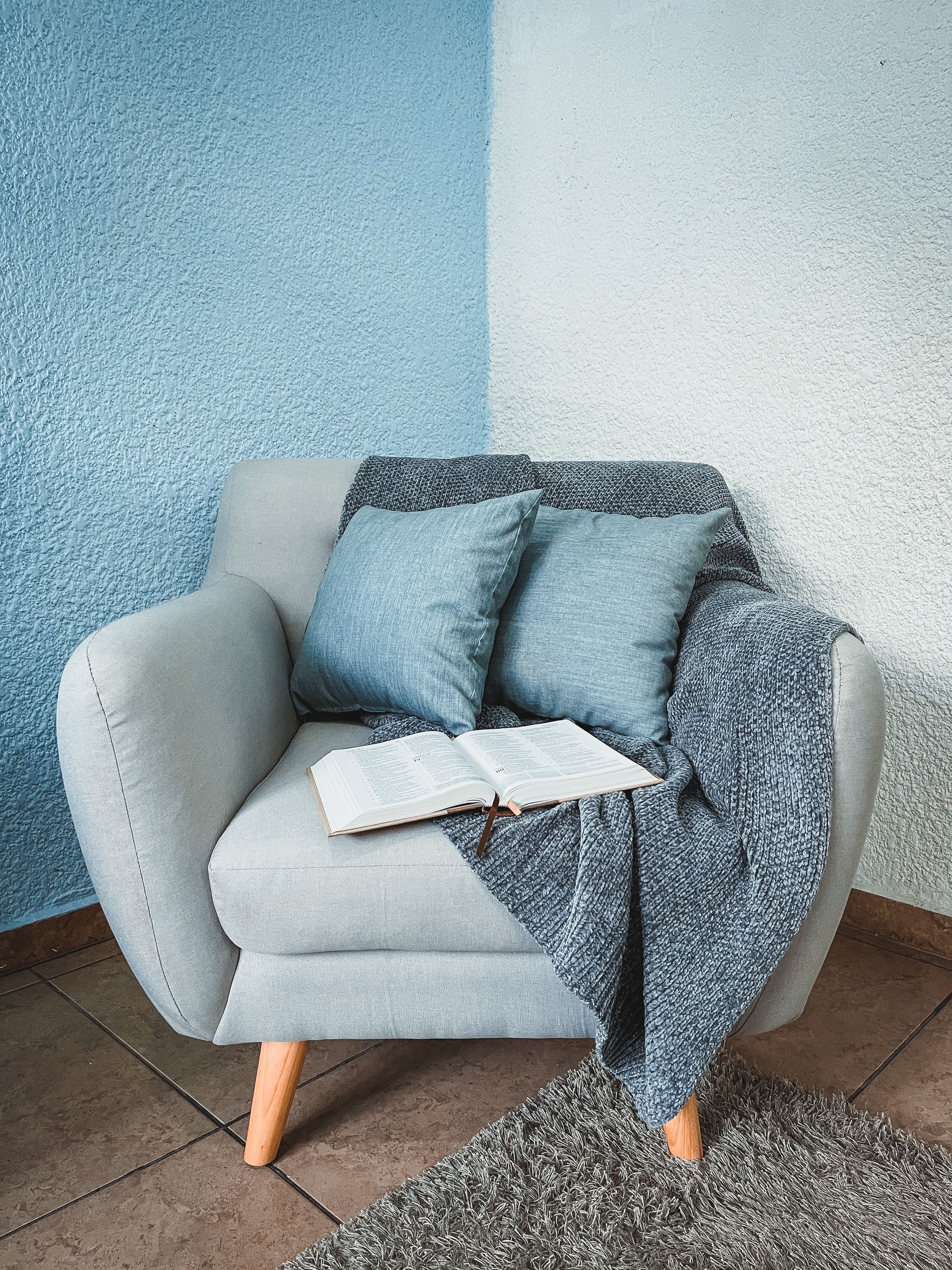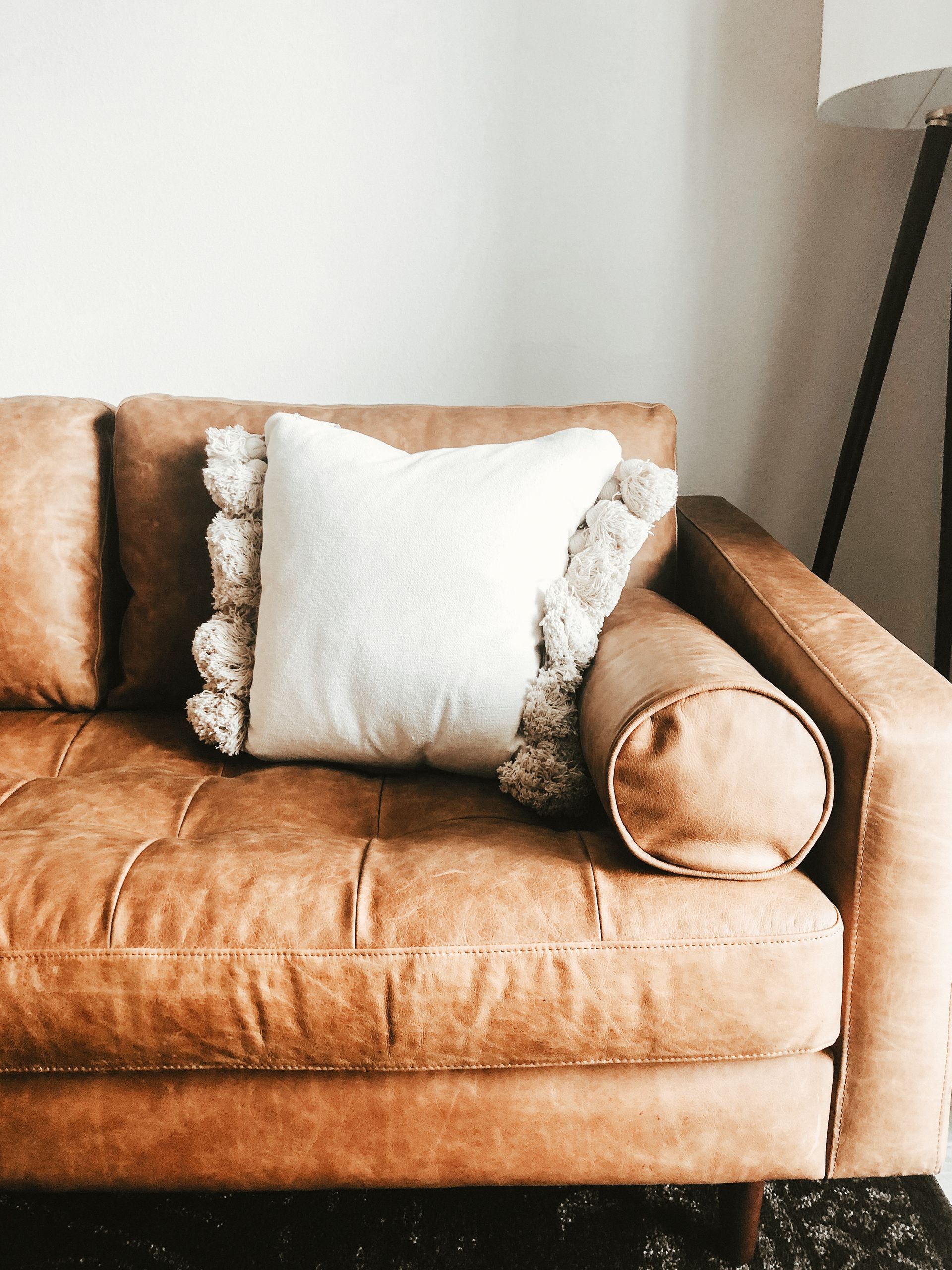How to Get Started
Universal Love Language: Cushions

Cushions can make or break your home.
Here is what you need to consider -
- Where in my home is this cushion going?
- What do I want it to LOOK like?
- What do I want it to FEEL like?
- Does it need to be attached?
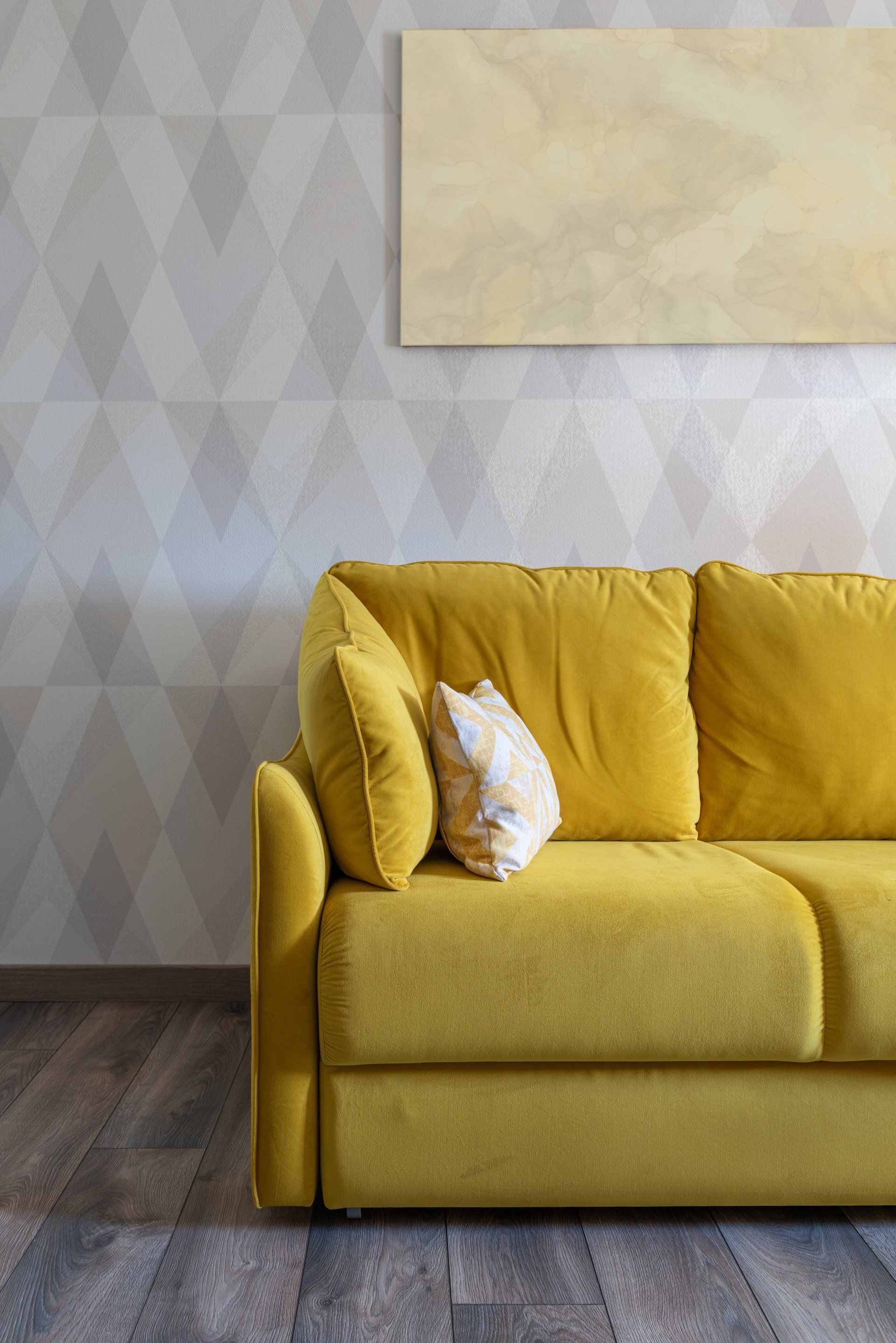
Cushions are the new universal self love, love language.
Made from a variety of materials and for a variety of purposes. But with all of the options available, only one main goal stands unchallenged.
COMFORT!
The whole purpose besides being ridiculously good looking is to FEEL exceptional.

Custom Cushions for Custom Spaces
First on the docket is where in your home this cushion is going to go. Limitless options is just half of the excitement. Once you decide where it goes, now it's time to break out the tape measure and get a measurement of the size you want. Trust me, this will help you later on in the process. Accurate measurements help your upholsterer see how much material they need to order for you as well as the amount of foam and dacron or other filling substitutes.
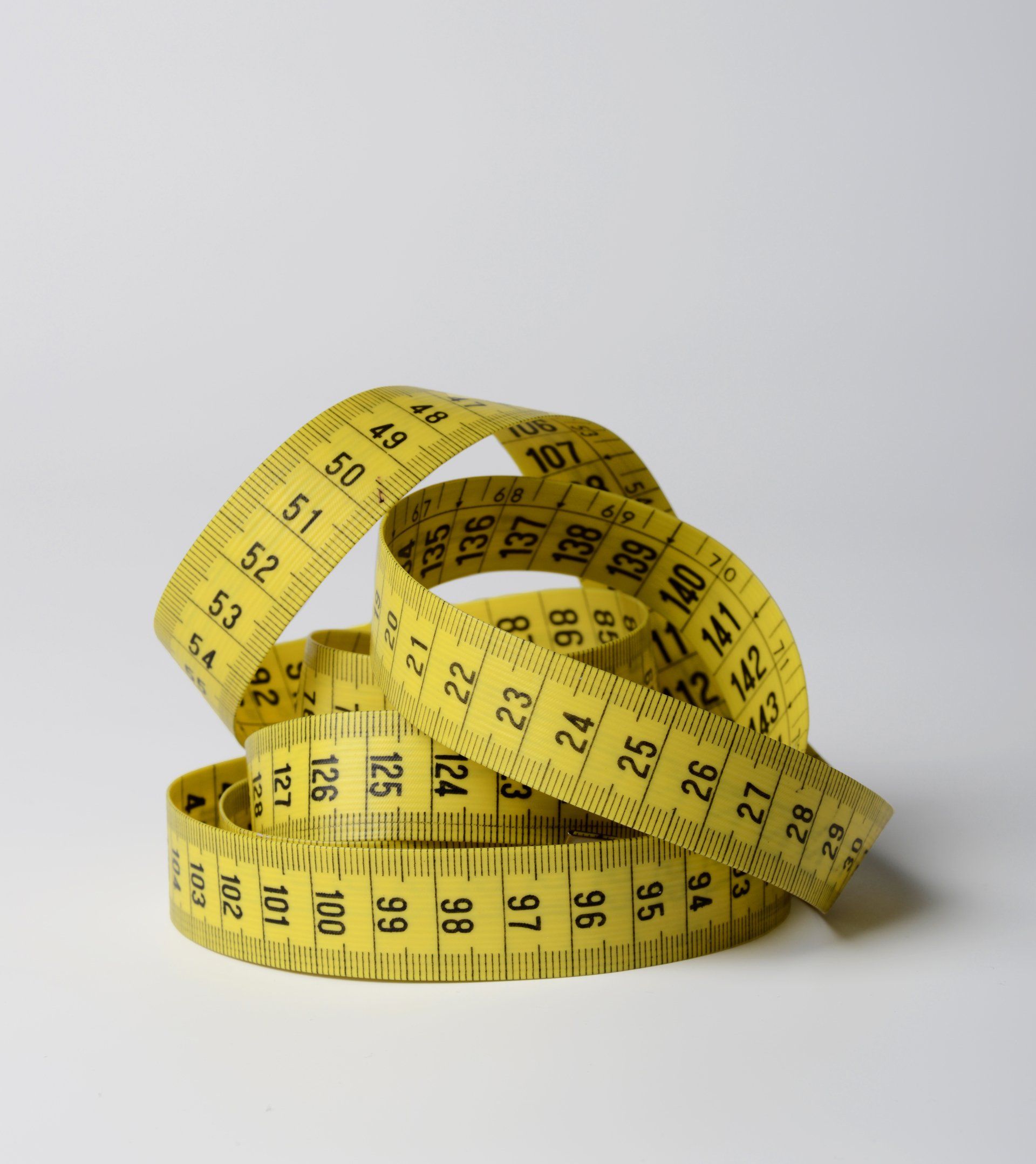
Take Photos
Take photos of where the cushion will go. This helps so much in the design process. And yes it is a design process with you as the lead designer. Let's say you are creating cushions for your breakfast nook. Are there any lips or raised edges to the wood around where the cushion will go? Does the cushion need to sit under any kind of over hang? If so, take photos of the over hang or raised edges with a measurement of the length, width and depth.
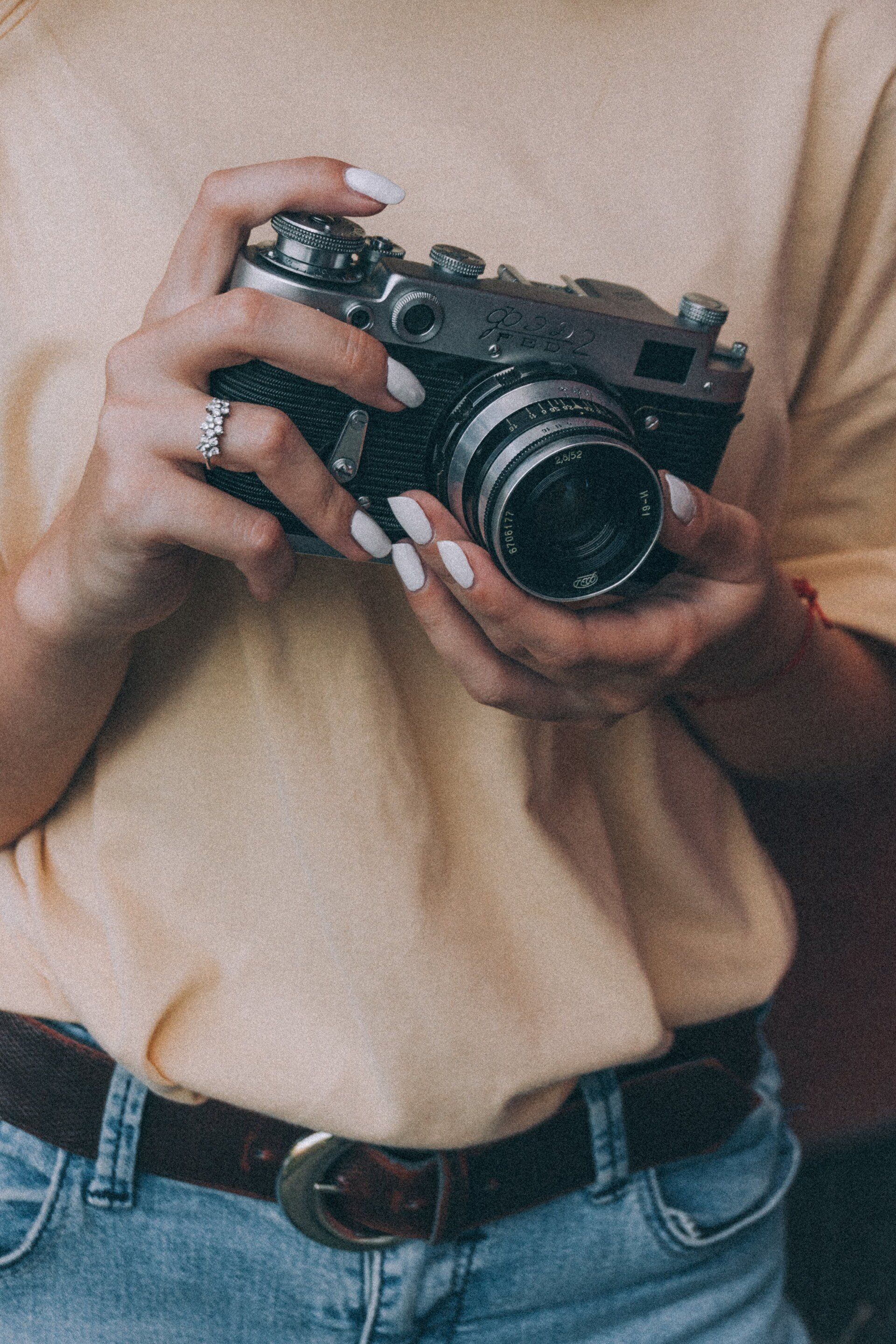
Cushion Style
Did you know there are different types of cushions? There are two main categories that all cushions fall under. Fixed or Loose.
Fixed Cushions
Fixed Cushions are cushions that CANNOT be removed from their space. They have either been screwed, velcro'd, or upholstered into place. Think of couch cushions or bench cushions that you cannot pick up.
Loose Cushions
Loose Cushions are cushions that CAN be removed from their space. They are free floating. Think of a removable chair cushion you can take off to wash.
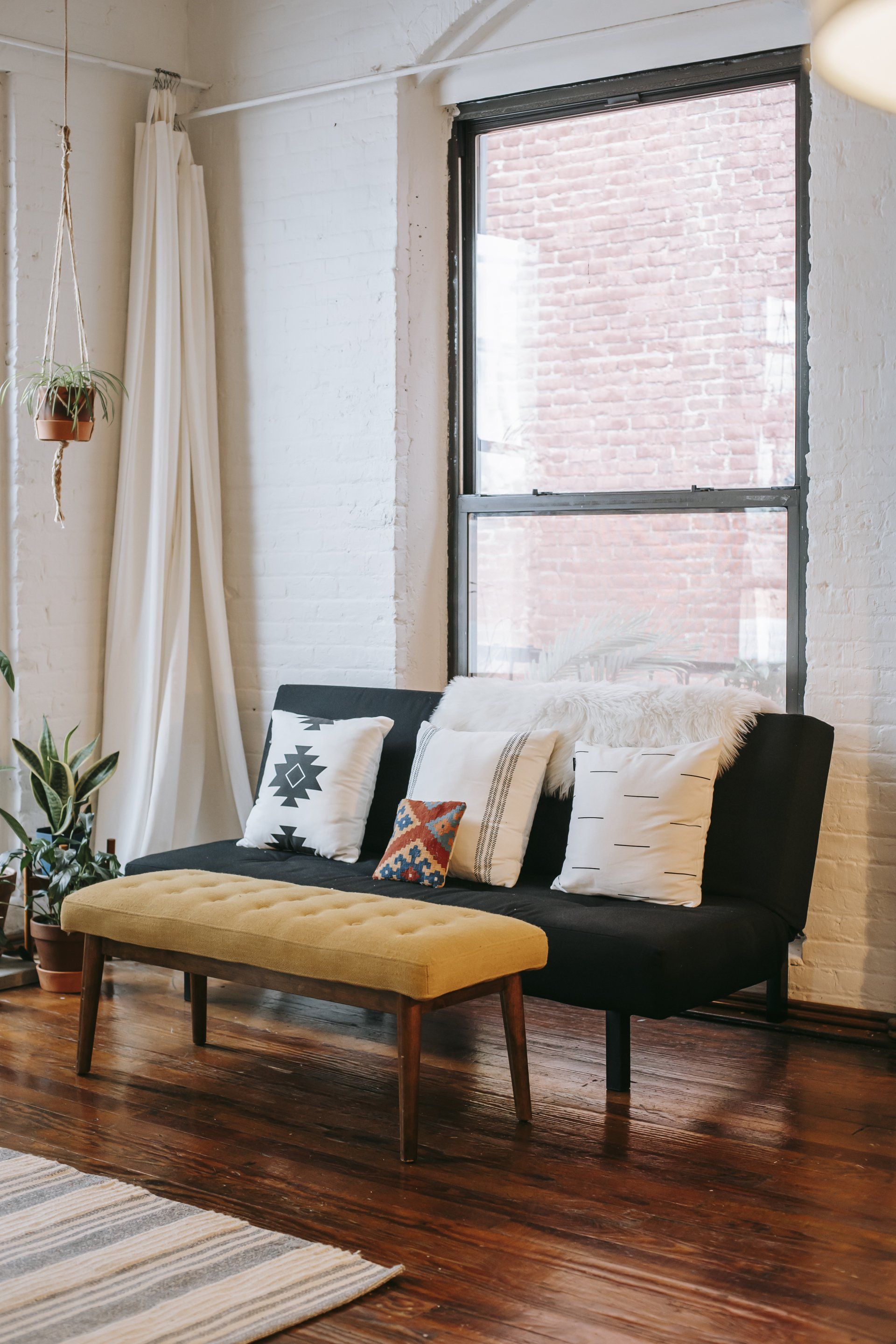
Cushion Subcatagories
Bench Seat
Bench Seat Cushions are described as once cushion with no divisions. They can be either loose or fixed into place. They are simple and elegant in design
Box Cushion
Box Cushions have a distinct TOP and BOTTOM panel that are "boxed in" by four side panels. This style of cushion is usually loose, but can be custom made to be a fixed by adding a layer of non-stick or velcro to the bottom.
J, L or T Cushion
J, L and T Cushions look just like their names describe. These cushions usually wrap around a fixed object. That could be over the arms of your sofa, or around a support beam in your home. These cushions, much like the box cushion can be either loose or fixed by adding velcro or non-stick if desired.
Knife Edge Cushion
Knife Edge Cushions are very similar to a pillow, where there is one front and back panel that is attached by one seam. This style has been gaining in popularity in modern styled homes. Knife Edge Cushions tend to be thinner cushions. When made too thick they tend to loose the desired shape over time. These cushions are a great option for back cushions or as a bench top.
Waterfall Cushion
Waterfall Cushions do not have a band sewn on. The only portion of these cushions that is sewn is the zipper (unless it is an upholstered cushion) and the corners. The top of the fabric will wrap around the sides and connect to the bottom without any interruption.
Custom Upholstery Fabric
Now that we know where the cushion goes, how big it is and what style, we can start on the fun part!

Fabric
- The material you choose for your cushion will greatly impact the look and overall feel. This is where a lot of your overall cost will come from. Some materials are more expensive than others. Most materials are sold by the yard. Price per yard can range anywhere from $20-$800 or more so make your choice wisely. If you are unsure of where to look for fabric ask your designer or sewer where they recommend you looking based on your price requirements.
- Lets talk about fabric first. Fabric is an entwined fiber construction. The different fibers in the process, pattern, texture and creation process are where the fabric gets its subcategory names. Fabrics are made from natural or synthetic materials and are either woven or knitted together.
- Natural materials come from plants and animals
- Synthetic materials are created by man
- Woven fabrics are created on a loom and are woven both vertically and horizontally. Woven fabrics typically don't stretch and are therefore tauter and sturdier than a knit fabric.
- Plain Weave
- Satin Weave
- Twill Weave
- Examples: denim, linen, satin, silk
- Knit fabrics are interconnecting looped strands known for their stretch and elasticity while still maintaining shape.
- Warp-knitted
- Weft-knitted
- Examples: lace, lycra, mesh
Types of Fabric
- Cotton
- Chiffon
- Crepe
- Denim
- Lace
- Linen
- Satin
- Silk
- Synthetic
- Velvet
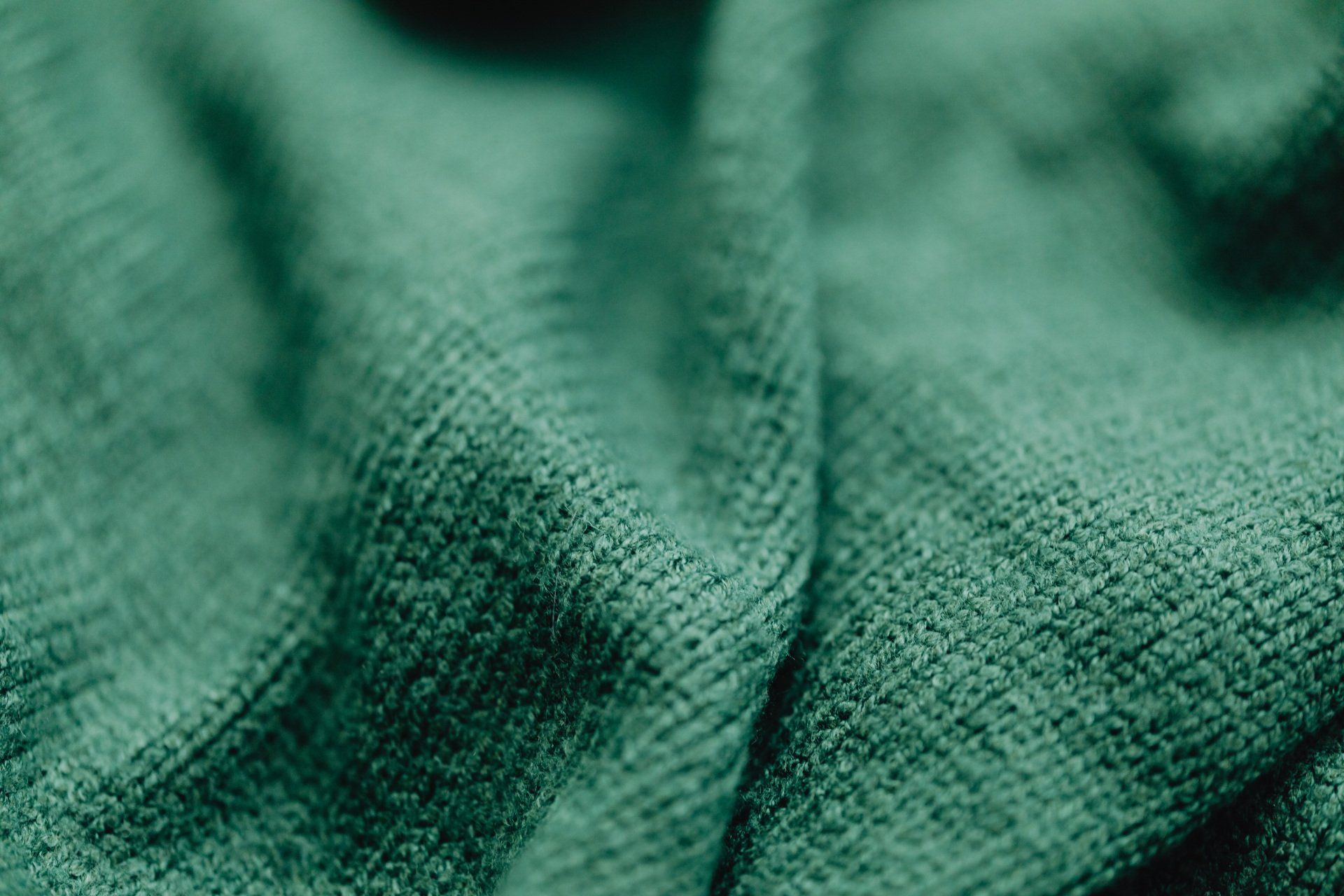
Leather
Not all leather is created equal
Some things to consider when choosing leather...
First of all, this is a bi-product from animals, meaning that each piece is special and unique. This means there may be unusable portions of the hides you buy depending on the look you are going for. If you are looking for absolute perfection in your piece, meaning we avoid any scratches, stretch marks, holes, dark or light spots, thinned sections, then you many need to order extra hides which will increase your overall cost.
If you are looking for a one of a kind cushion you may like the look of any of the above mentioned defects. This could help you to reduce your overall cost.
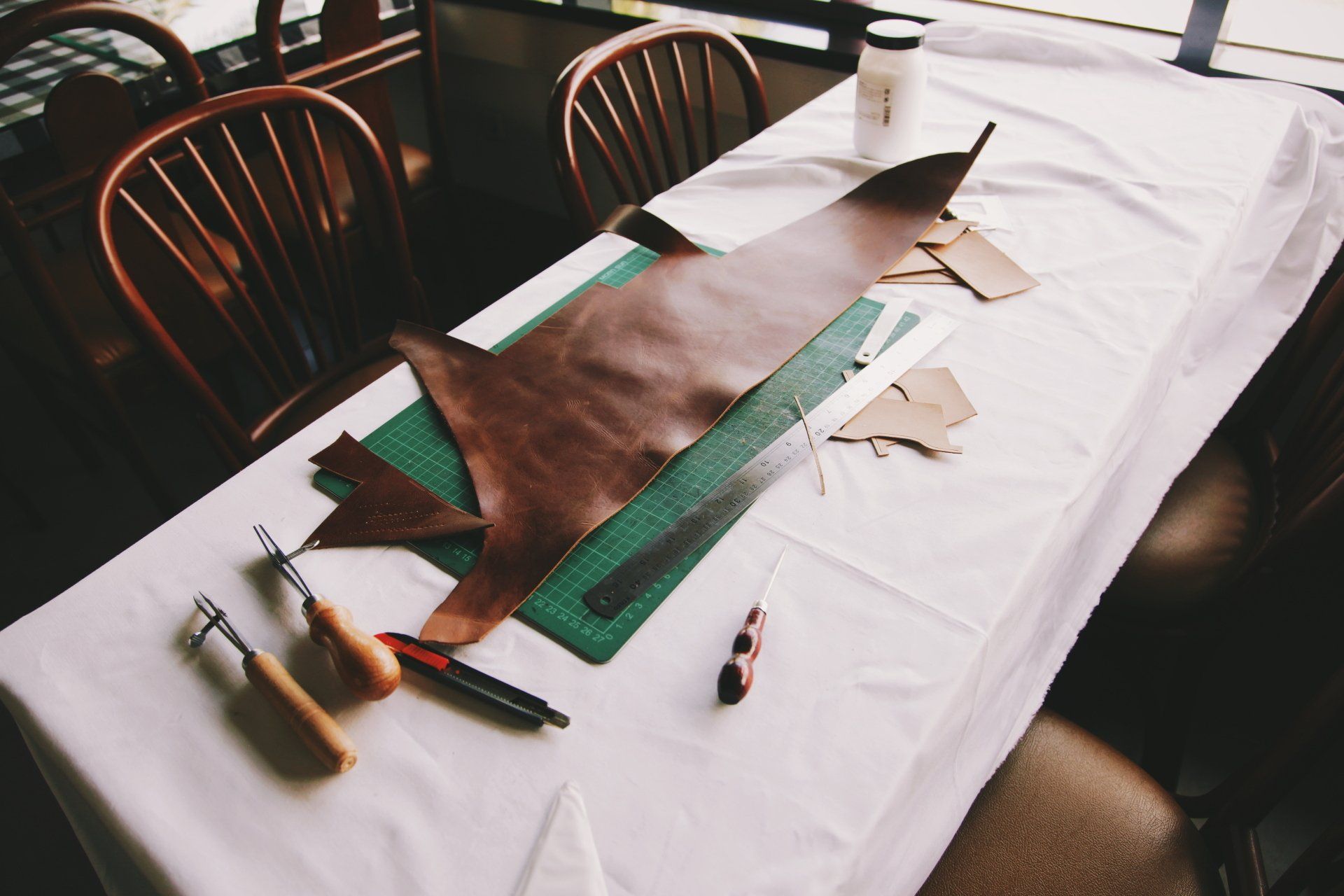
The Stuffing
No no, not that kind of stuffing...for that we will have to wait for Thanksgiving
The inside of a cushion is typically made out of some sort of foam, dacron or a down wrap.
This one is really up to you and your preference. Cushions can be made almost any size and almost any density. If you want a firmer cushion that looks fluffy, your best bet is a foam core with a Dacron wrap. If you're looking for something that you can sink into (but still be supported) your best bet will likely be a foam core, a down feather wrap and Dacron.
Again, this one is up to you. There are endless options. Ask your Upholsterer to make a recommendation based on your needs.
